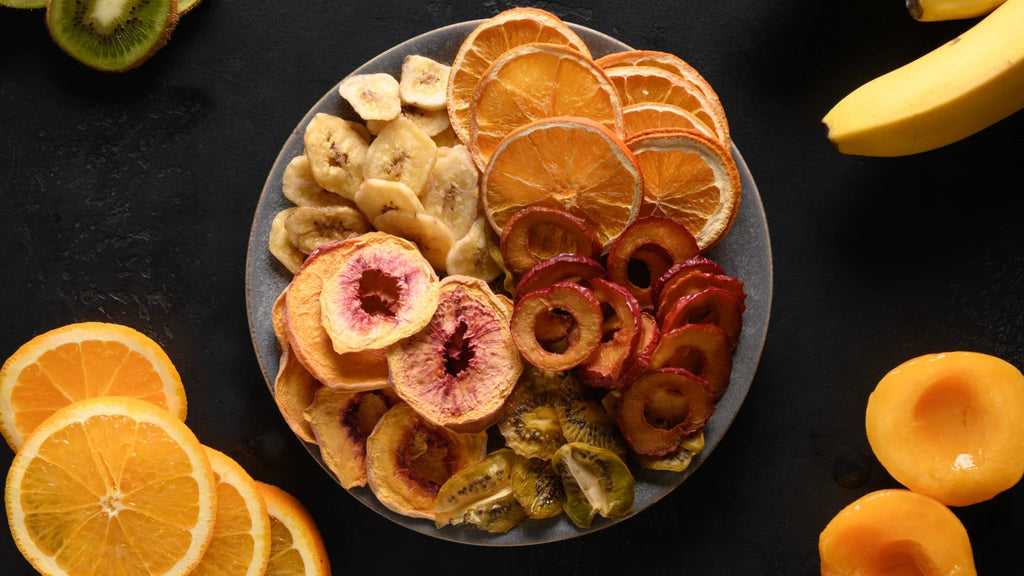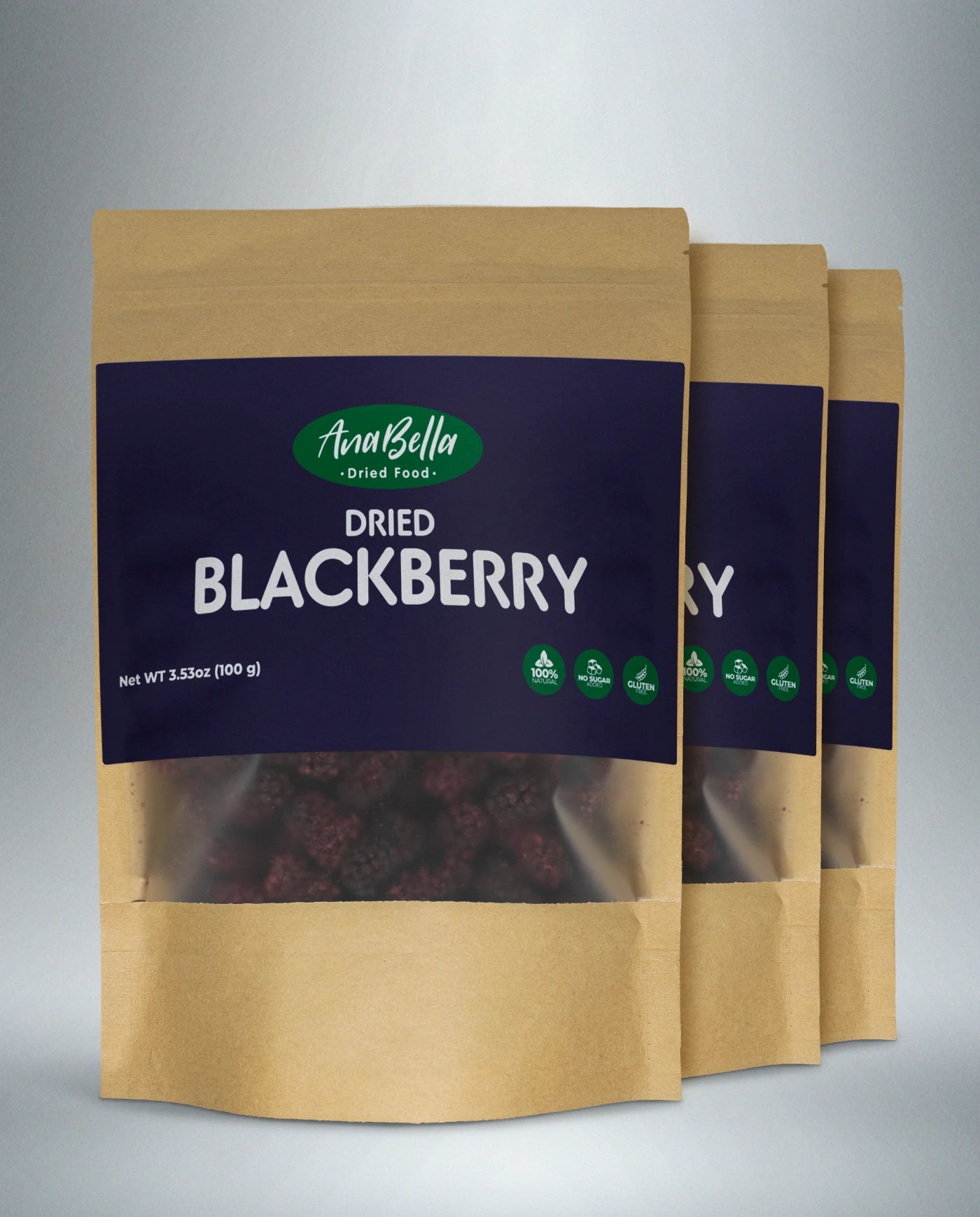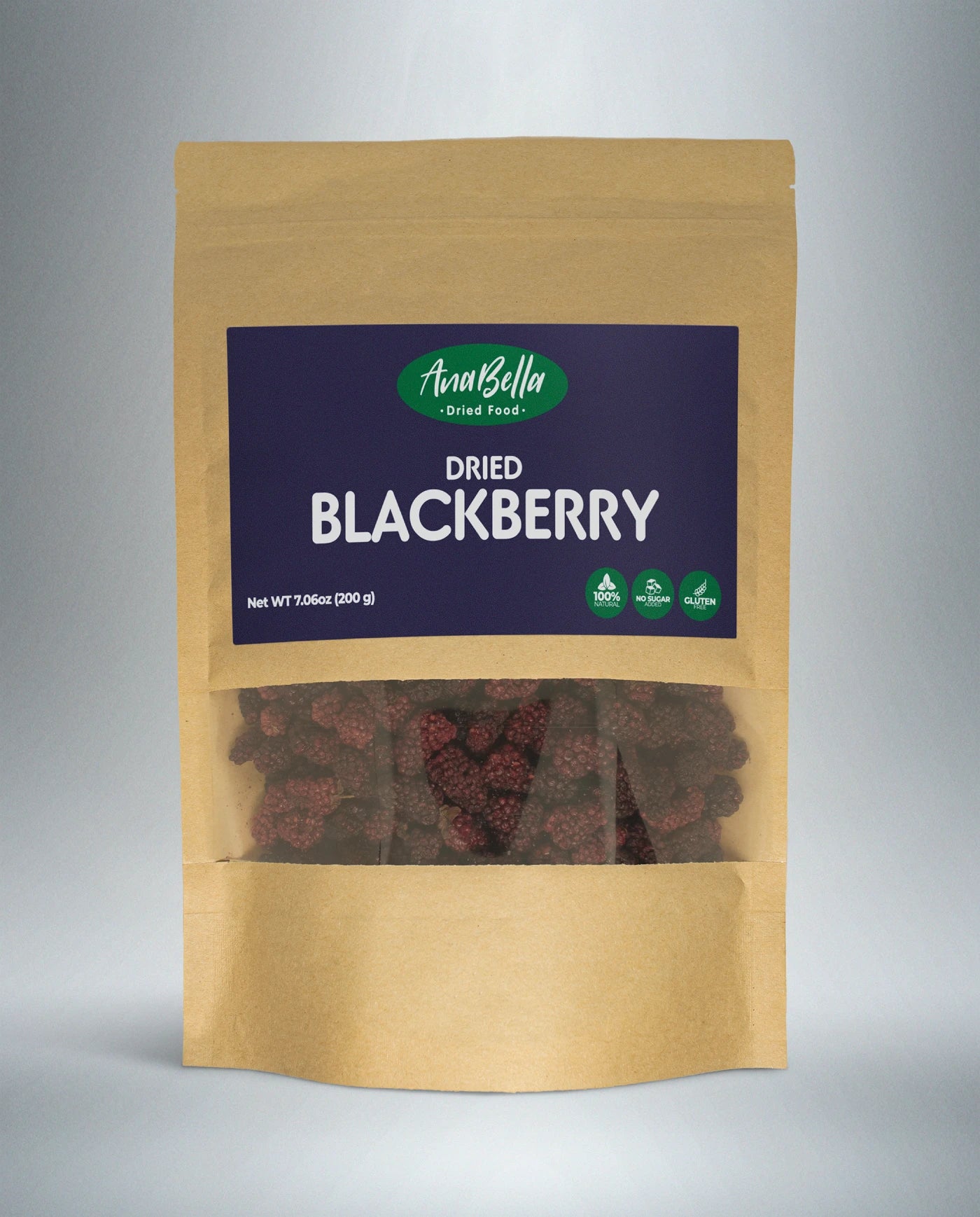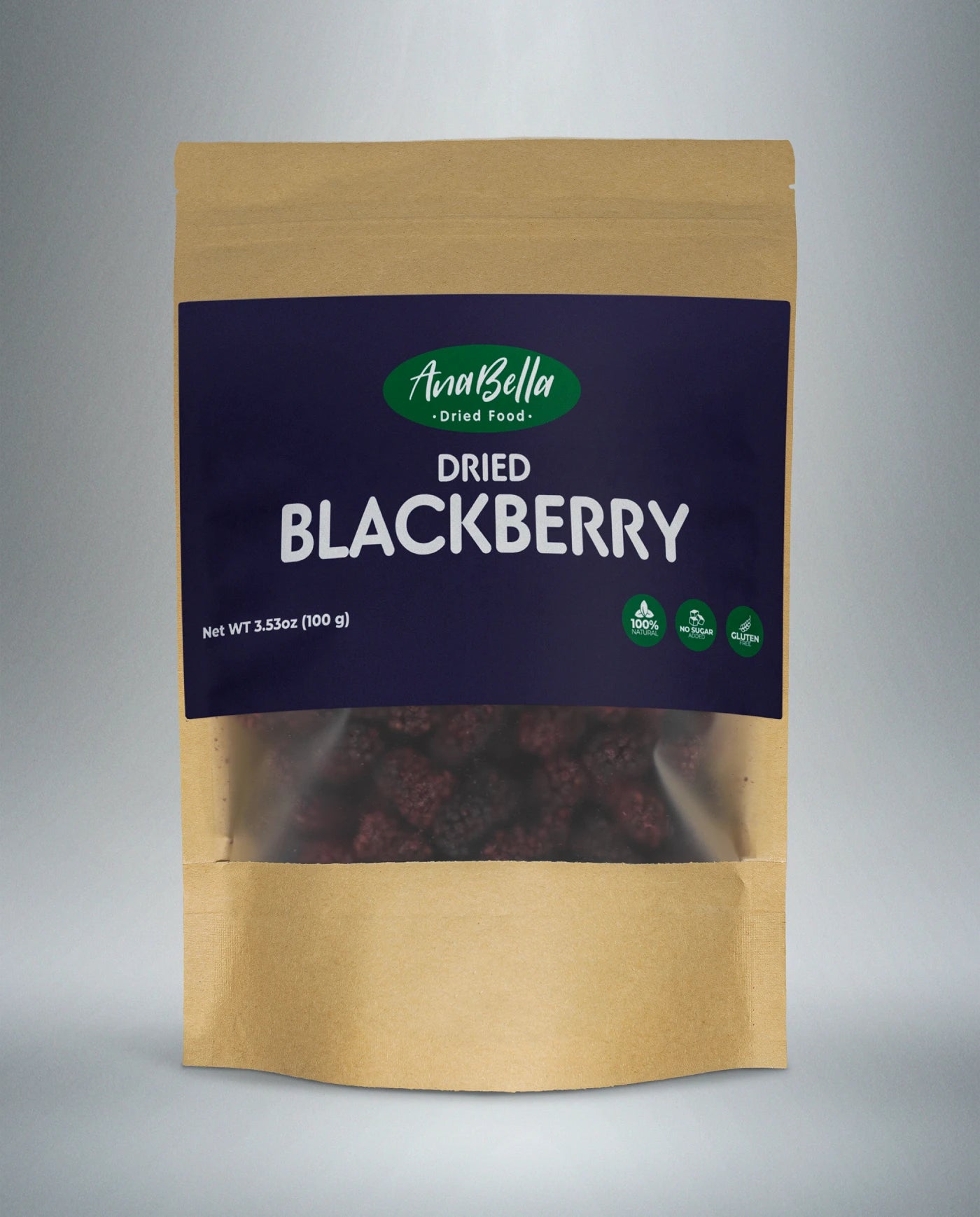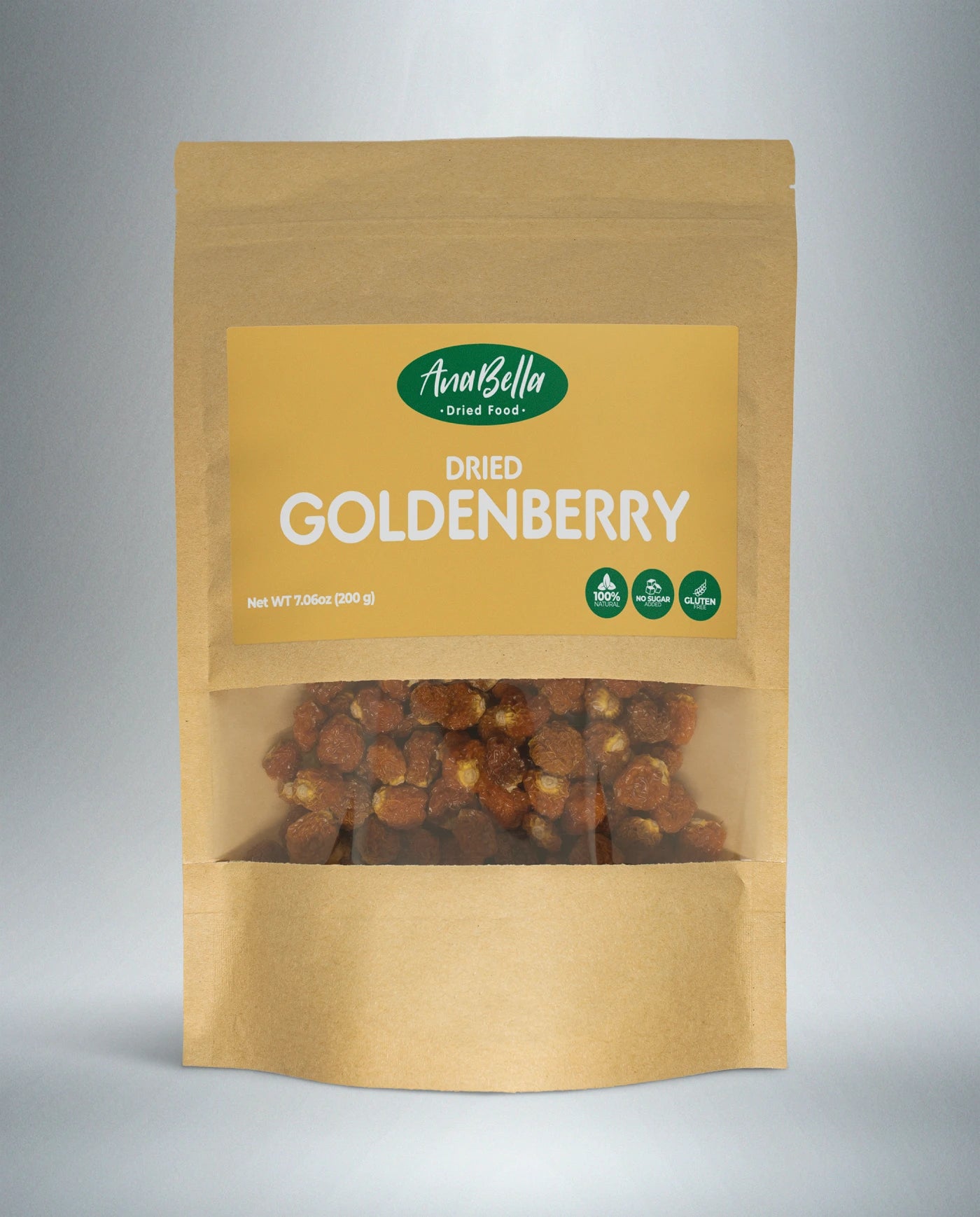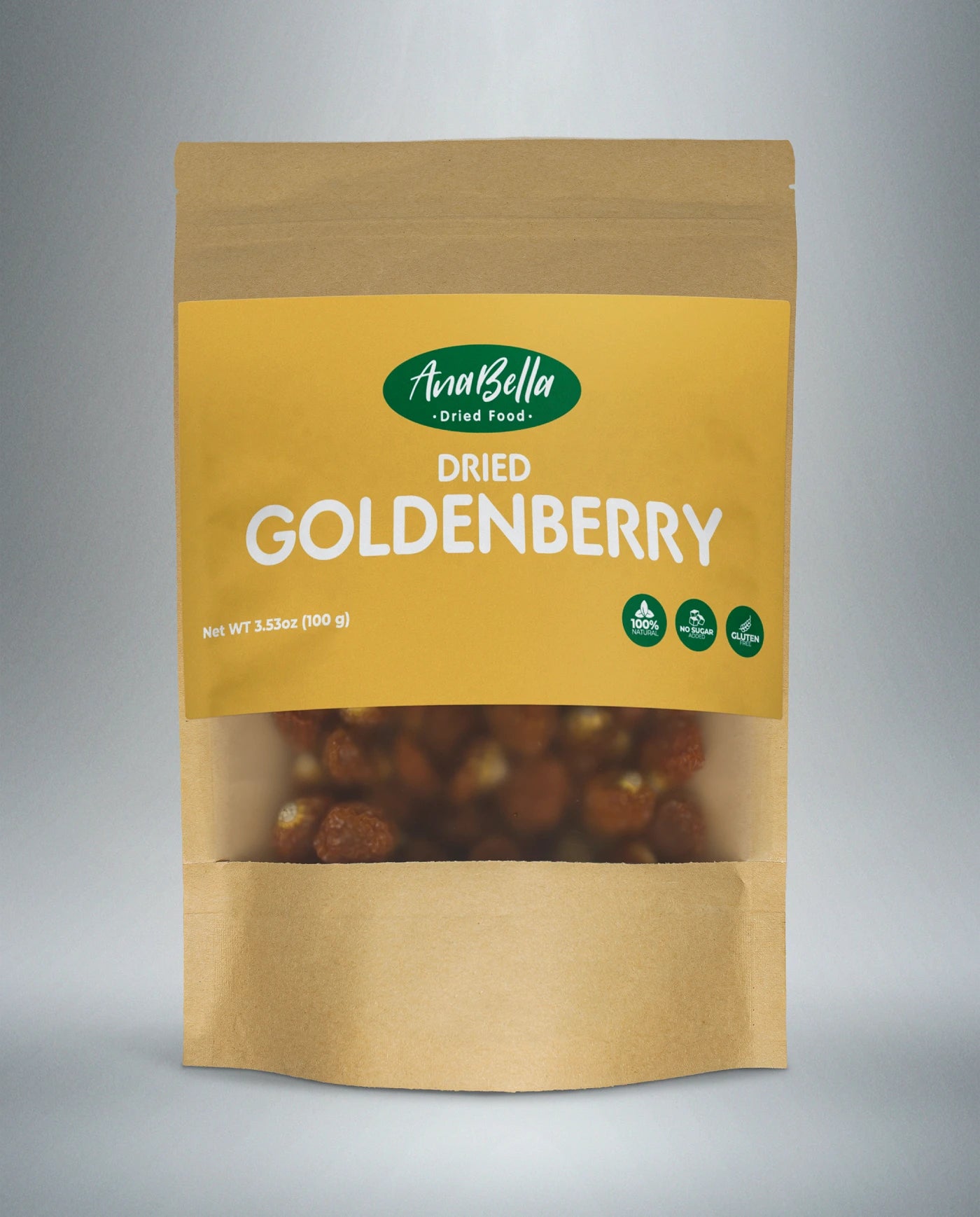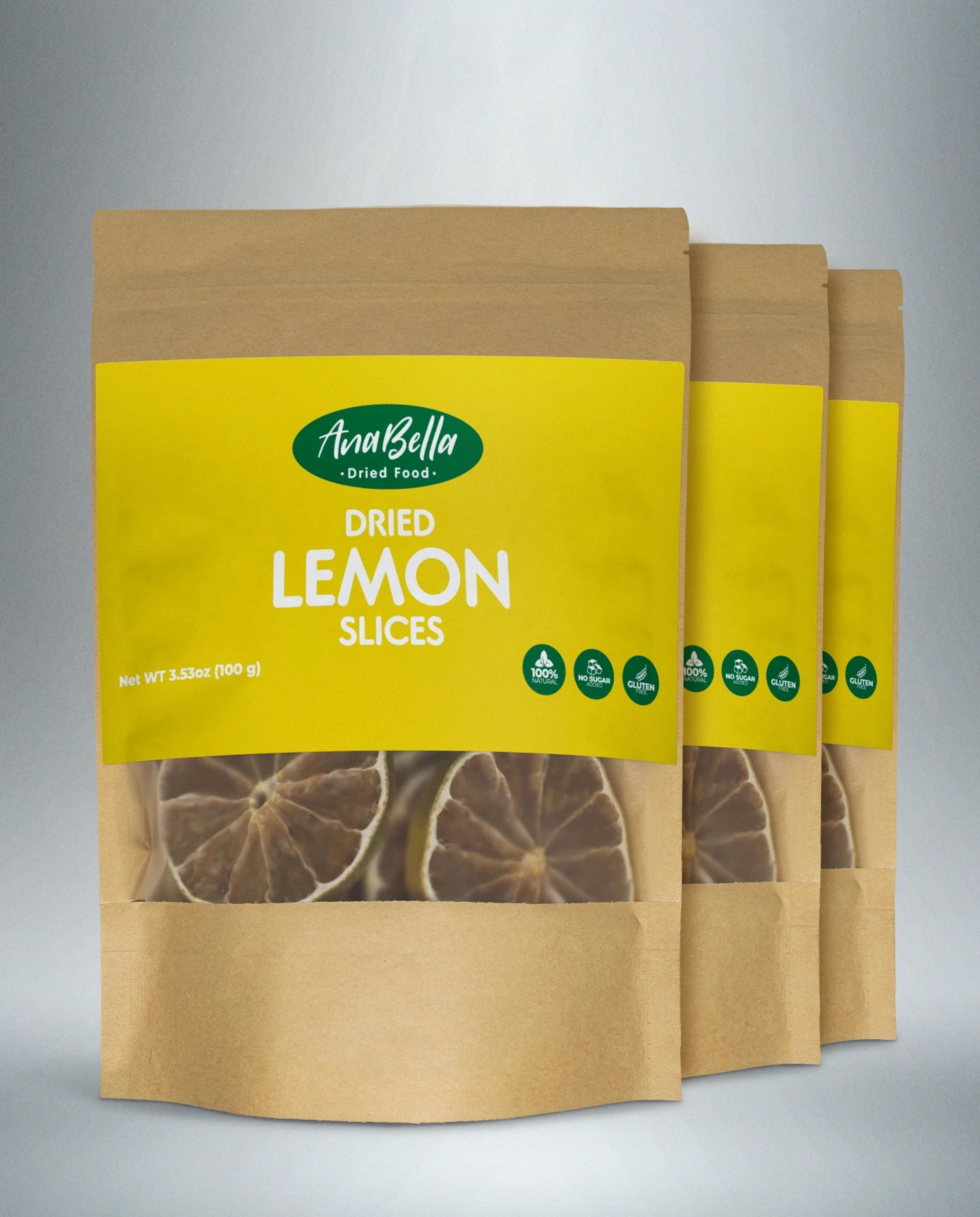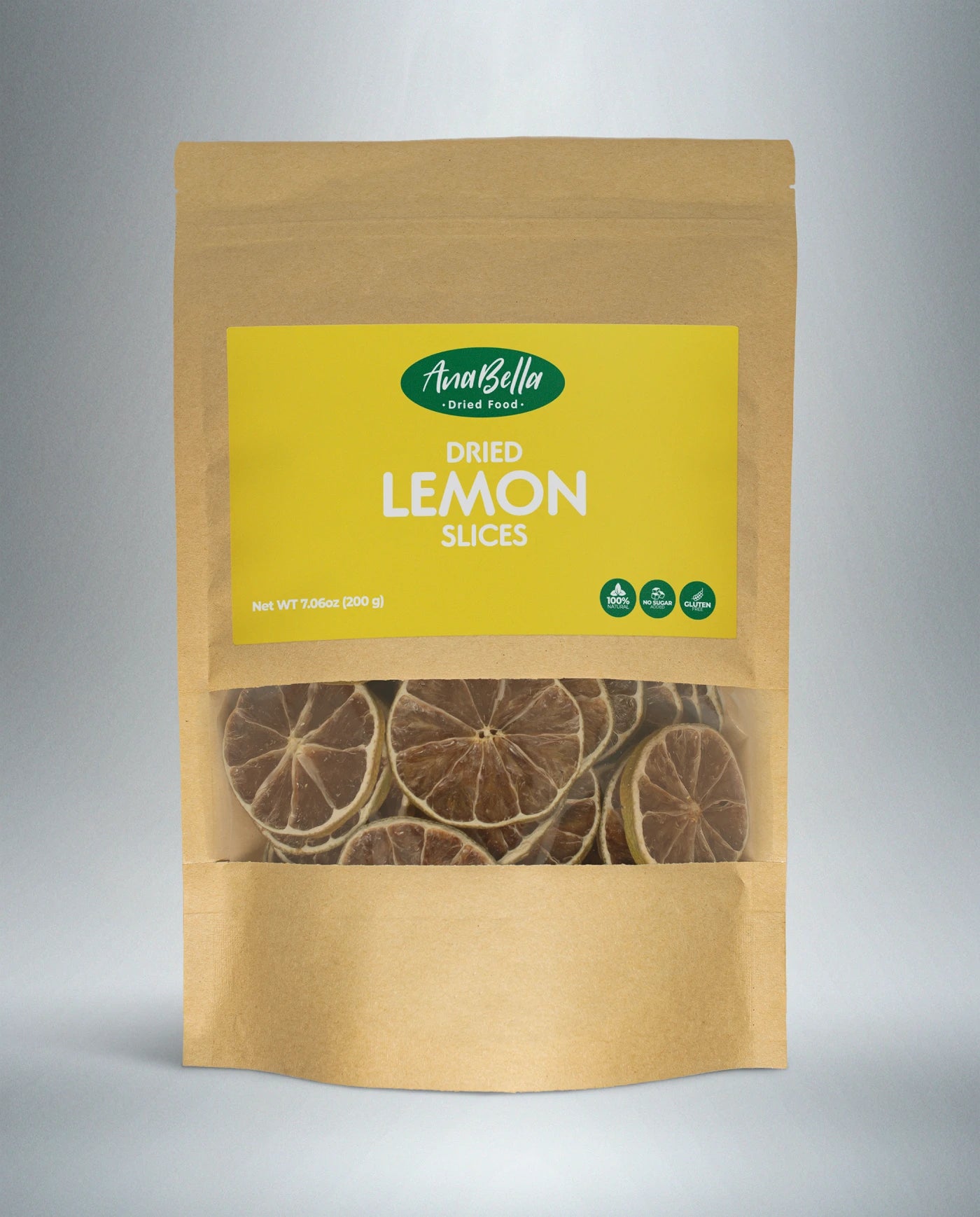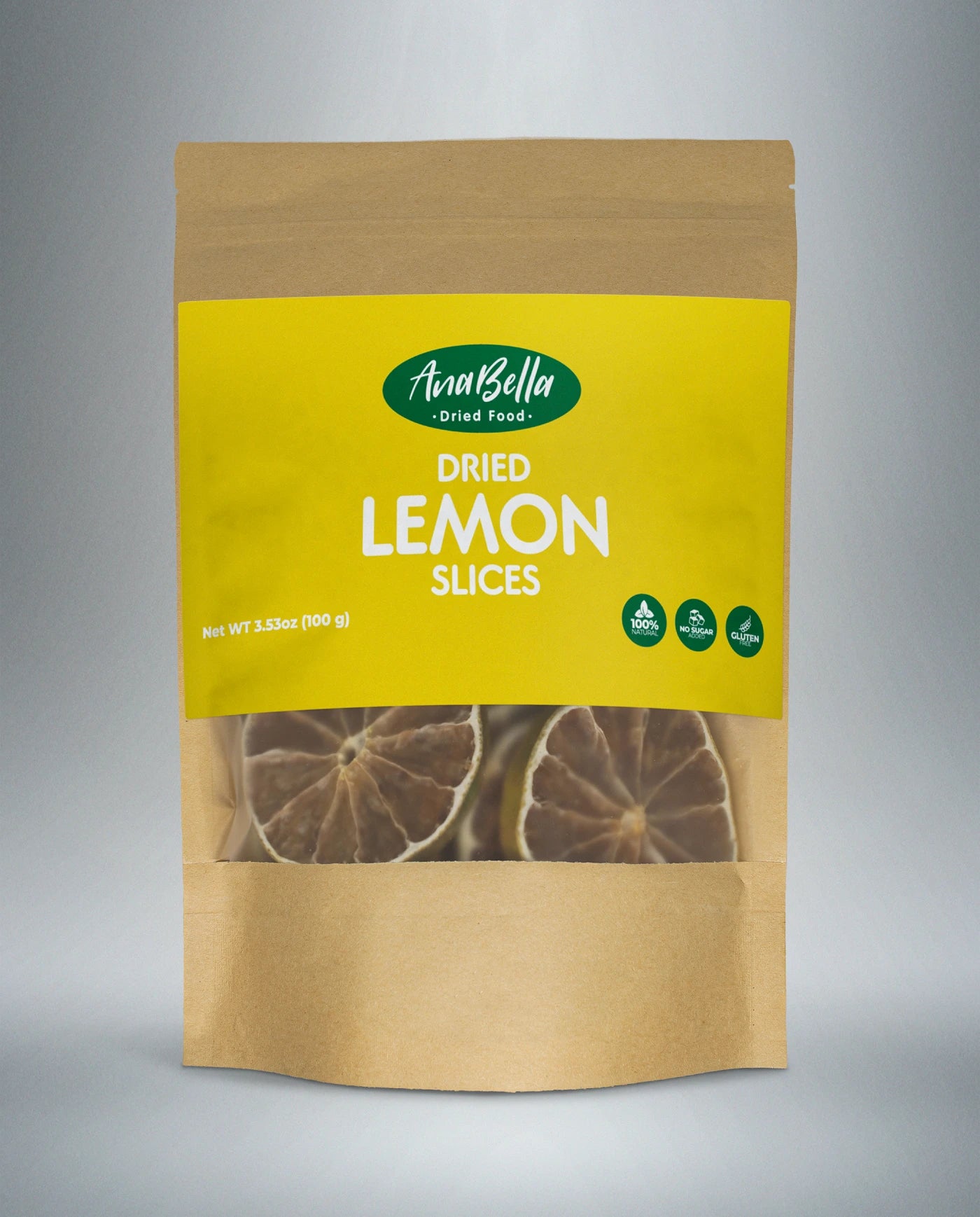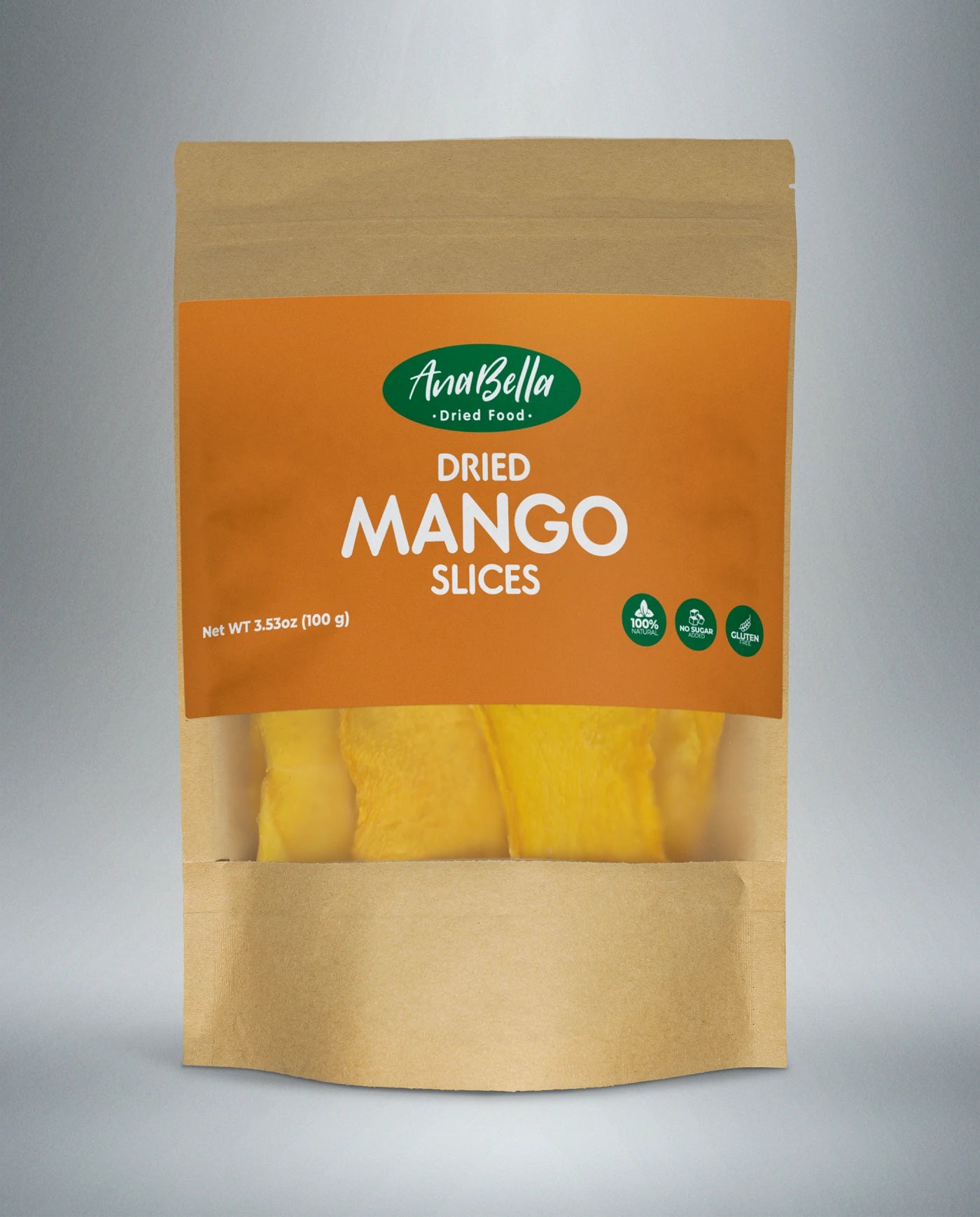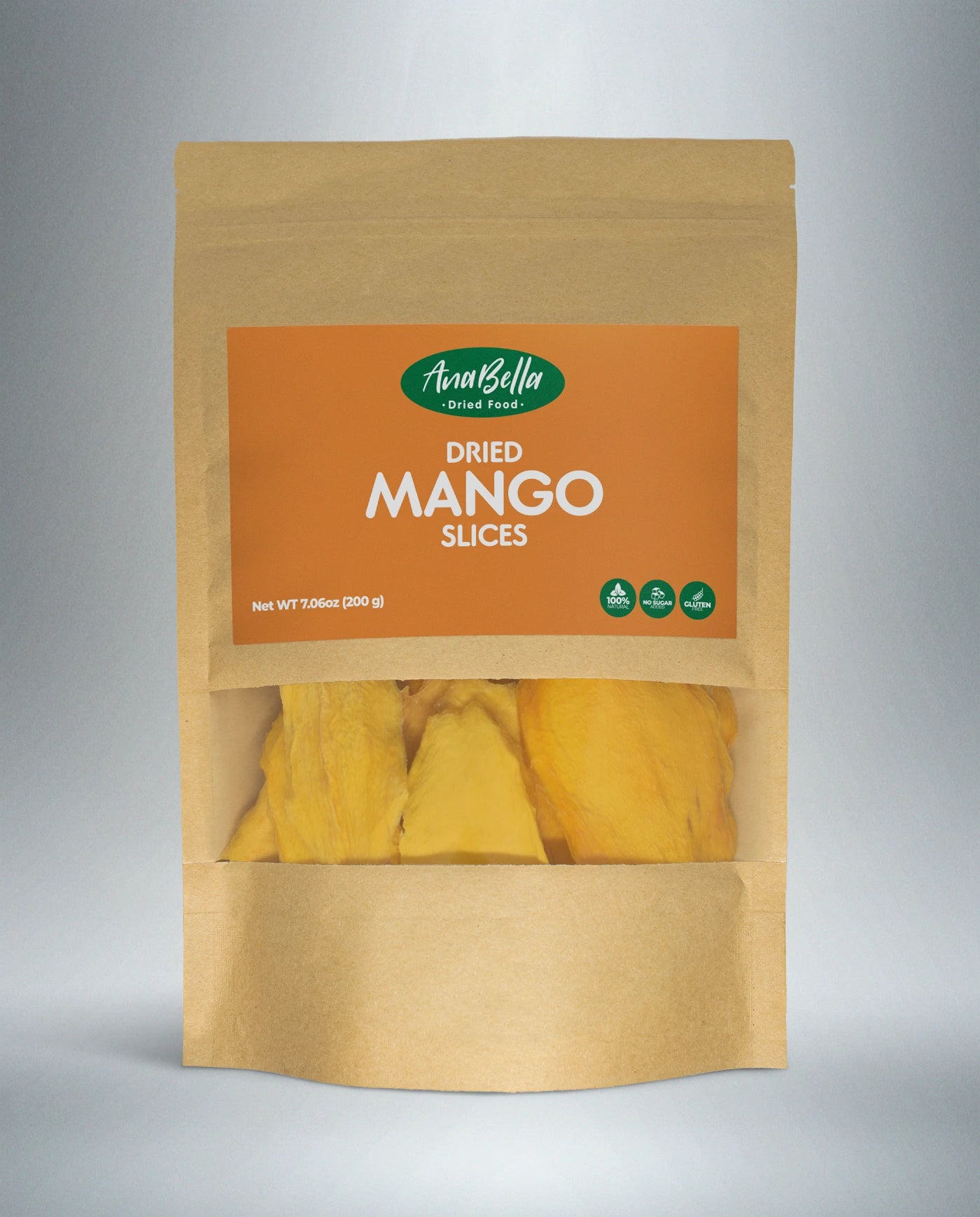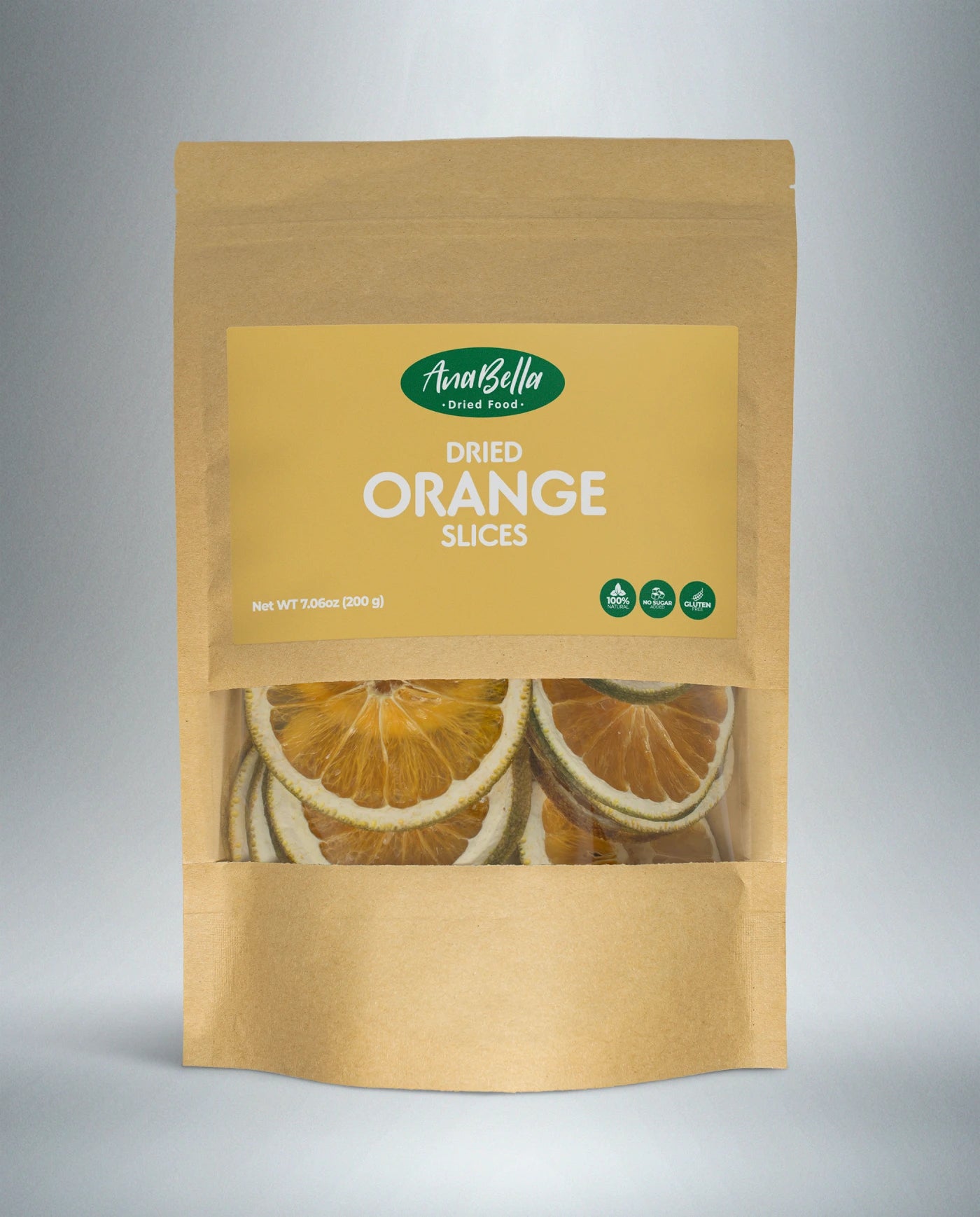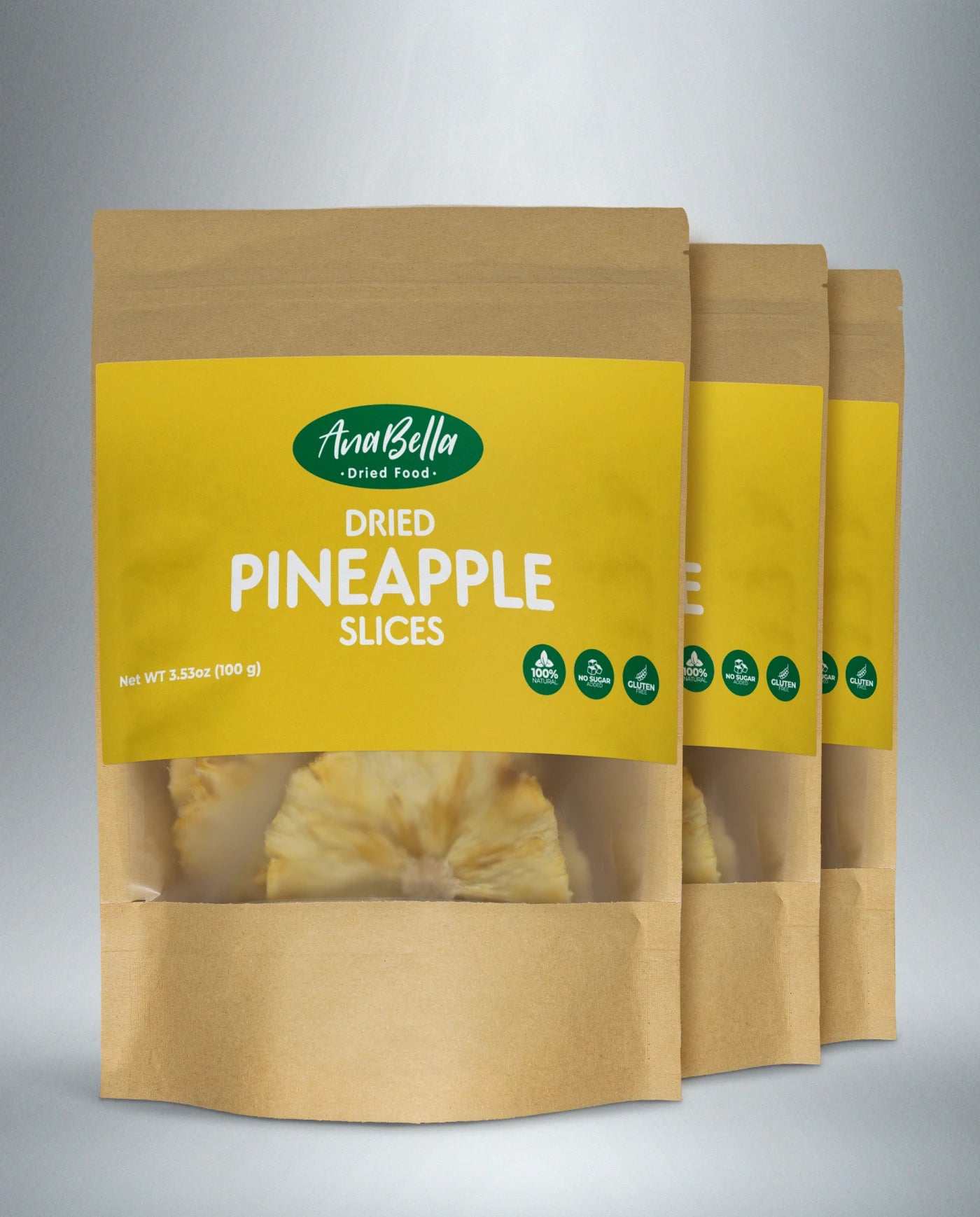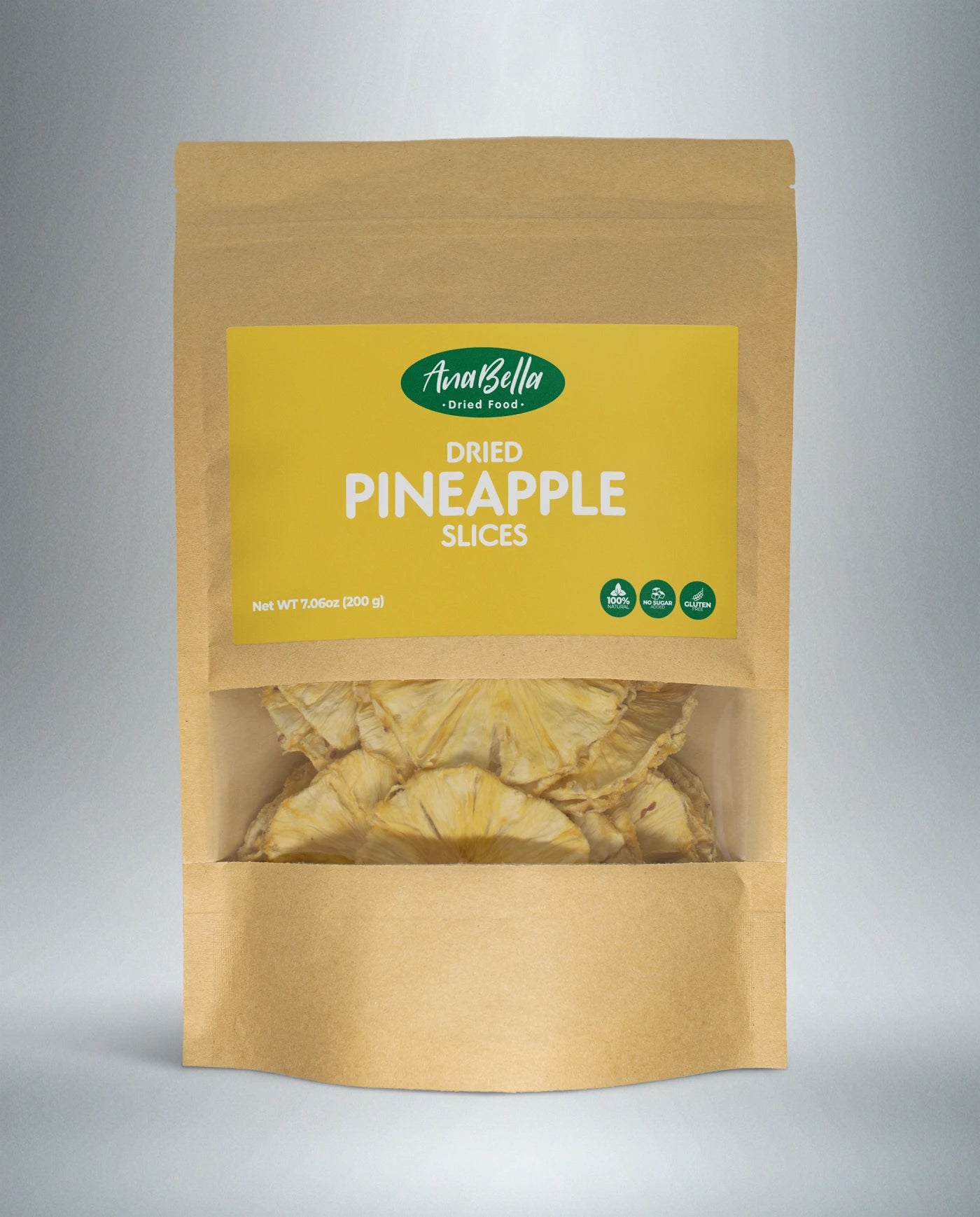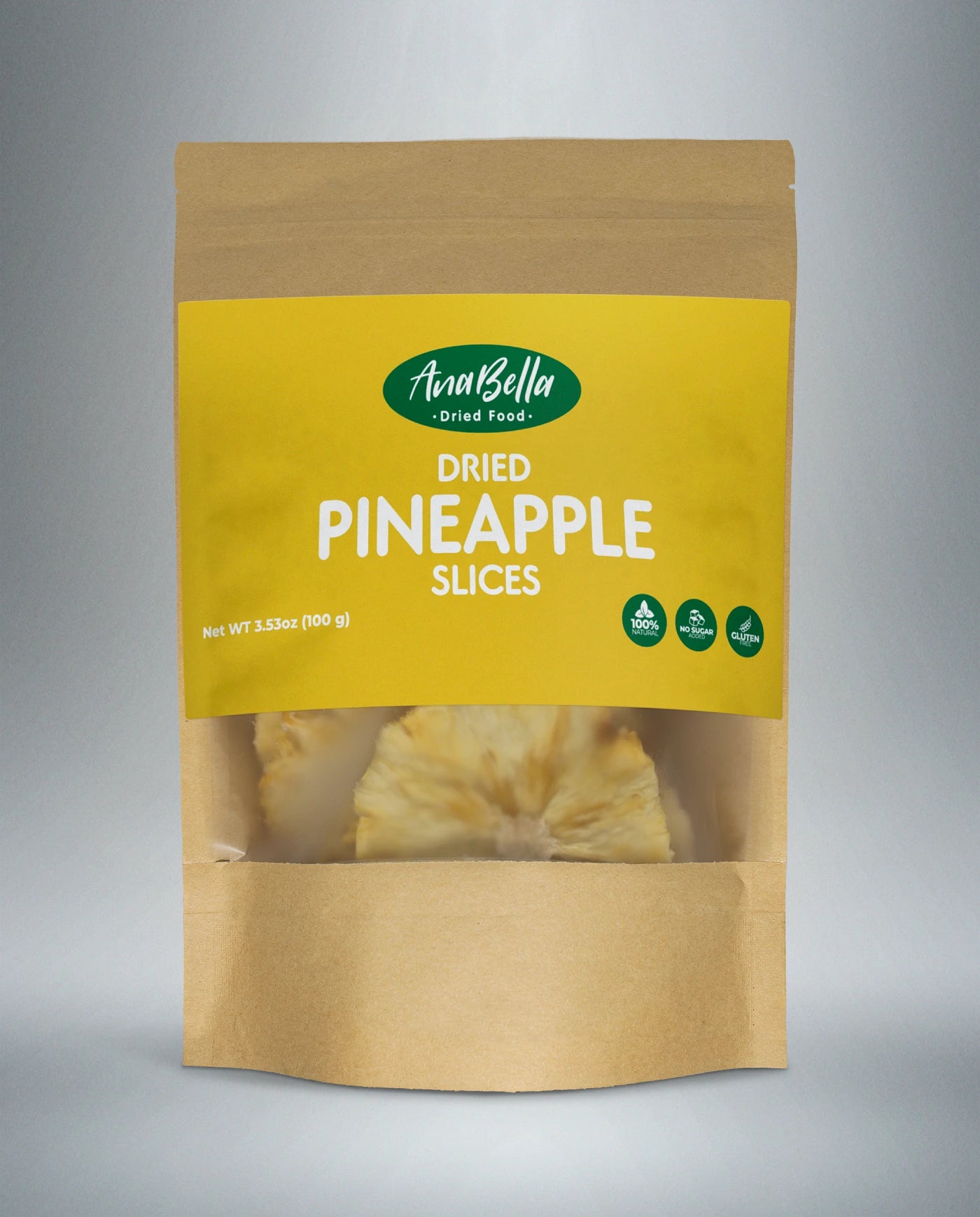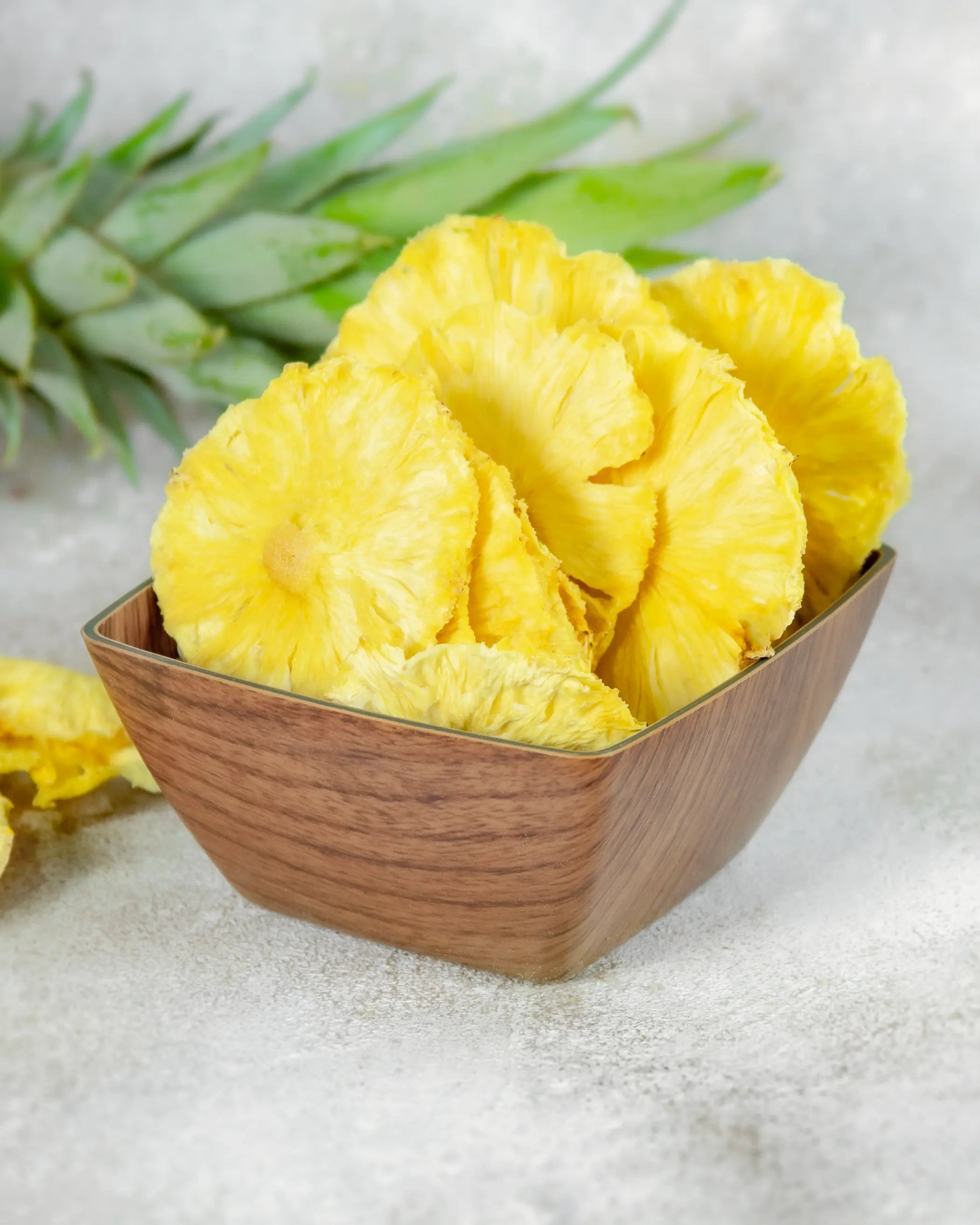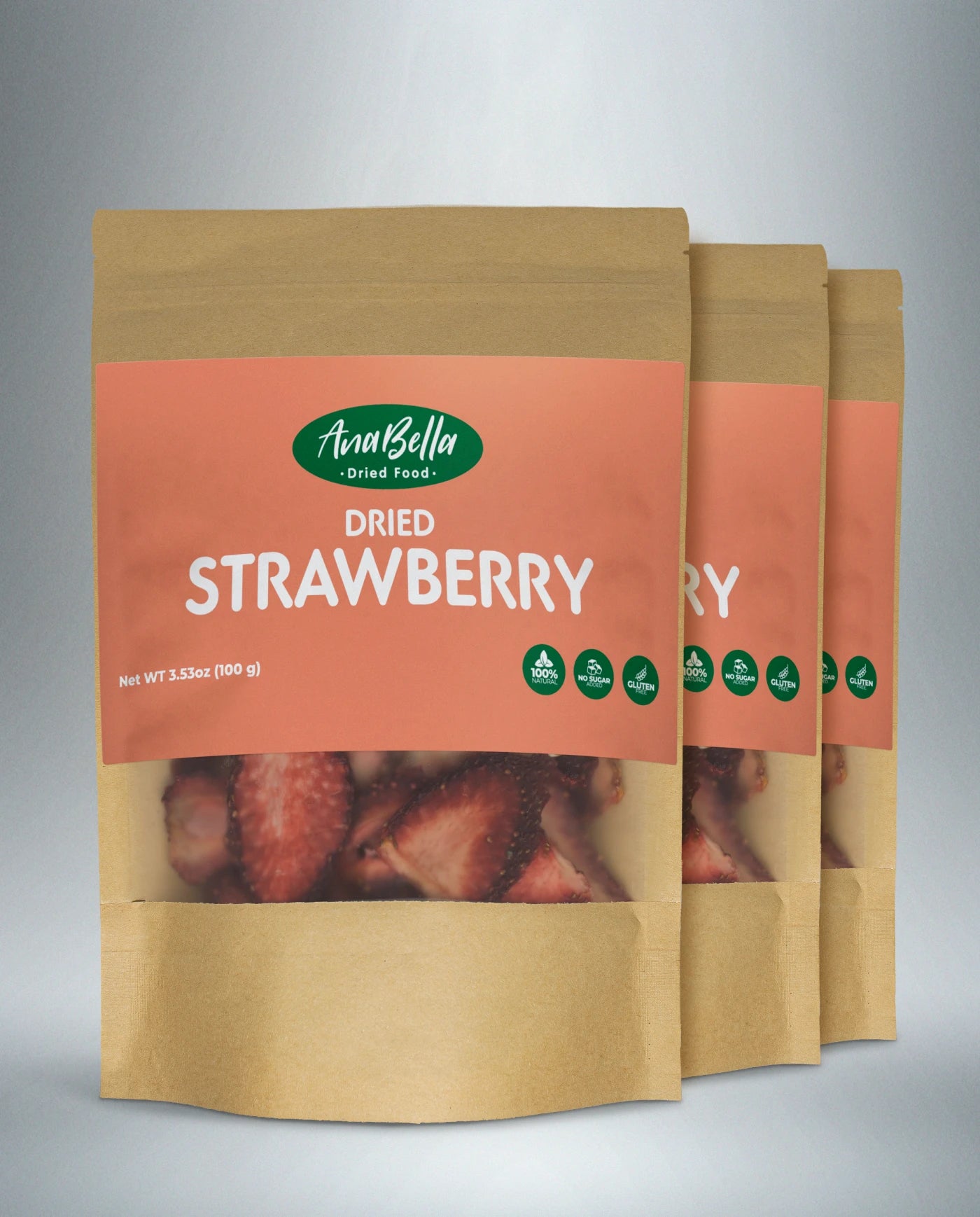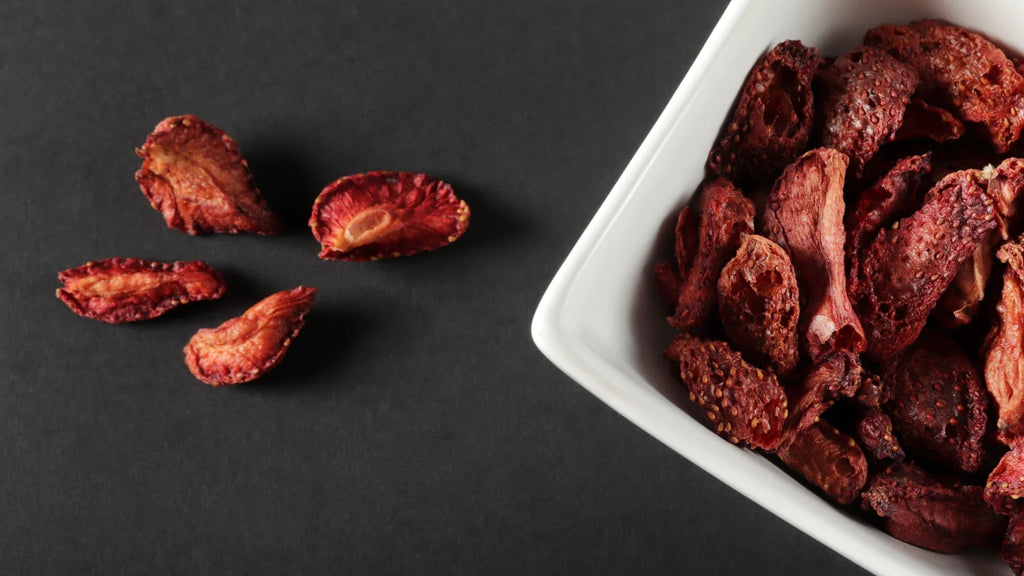
What Happens to Fruit When It's Dried? Nutritional Changes Explained

Dried fruit is often praised for its convenience and flavor, but many people still wonder: does it lose its nutritional value during the drying process?
The short answer is: it depends on the nutrient. In this article, we explore how different dehydration methods affect fruit and what remains once the moisture is gone.
What is dehydration, exactly?
Dehydration is the process of removing water from fruit to extend its shelf life. This can be done through several methods:
- Sun drying: The oldest and most natural method.
- Air drying or oven drying: Common in commercial processing.
- Freeze-drying: Removes water through sublimation, preserving more nutrients and texture.
By reducing water activity, these methods prevent microbial growth and slow down enzymatic reactions, helping fruit last longer without the need for additives.
Which nutrients are affected?
Not all nutrients react the same way to heat or drying techniques.
- Vitamin C: This vitamin is heat-sensitive and water-soluble, making it one of the most affected nutrients. Some studies show losses of up to 50 percent during conventional drying.
- Vitamin A and beta-carotene: These antioxidants are more stable and are often well retained, especially in fruits like mango and apricot.
- Minerals (potassium, magnesium, iron): These remain largely intact, as they are not damaged by heat or air.
- Fiber: Dehydration does not reduce fiber content, making dried fruit a good source of dietary fiber.
- Antioxidants and polyphenols: Levels vary depending on the fruit and drying method. In some cases, dehydration can concentrate antioxidants due to water loss, while in others, exposure to oxygen and heat may lead to some degradation.
Source: Journal of Food Science, 2016 – "Effects of Drying Methods on Nutritional Content of Fruits and Vegetables"
Calorie and sugar concentration
One of the most noticeable changes in dried fruit is the increase in caloric and sugar density. Since water is removed, the remaining nutrients and natural sugars become more concentrated. For example:
- 100 grams of fresh grapes contain about 70 calories
- 100 grams of raisins contain over 300 calories
This doesn’t make dried fruit unhealthy. It simply means it should be enjoyed in reasonable portions. For example, one serving is typically one-quarter cup of dried fruit, which counts as half a cup of fresh fruit according to USDA guidelines.
How does dried fruit compare to other preservation methods?
Each preservation method has its pros and cons:
- Freezing: Best for preserving nutrients, but not always convenient or portable.
- Canning: Often involves added sugars or syrups and may reduce water-soluble vitamins.
- Drying: Concentrates nutrients, offers long shelf life, and requires no refrigeration.
Among these, drying strikes a balance between convenience and nutrition, especially when no sugars or preservatives are added.
Smart ways to include dried fruit in your diet
Because dried fruit is compact and shelf-stable, it fits easily into everyday meals. Some practical uses include:
- Mixing into breakfast cereals or oatmeal
- Adding to salads for natural sweetness
- Including in homemade snack mixes or energy bars
- Using as a portable, travel-friendly snack
As with any nutrient-dense food, moderation is key. Choose unsweetened varieties and always check the label for added ingredients.
Drying fruit does alter its nutritional profile, but not necessarily in a negative way. While some heat-sensitive vitamins may be reduced, many essential nutrients are retained or even concentrated.
When consumed mindfully, dried fruit remains a valuable addition to a balanced diet. It’s one of the most natural ways to enjoy fruit in a format that fits modern life.





